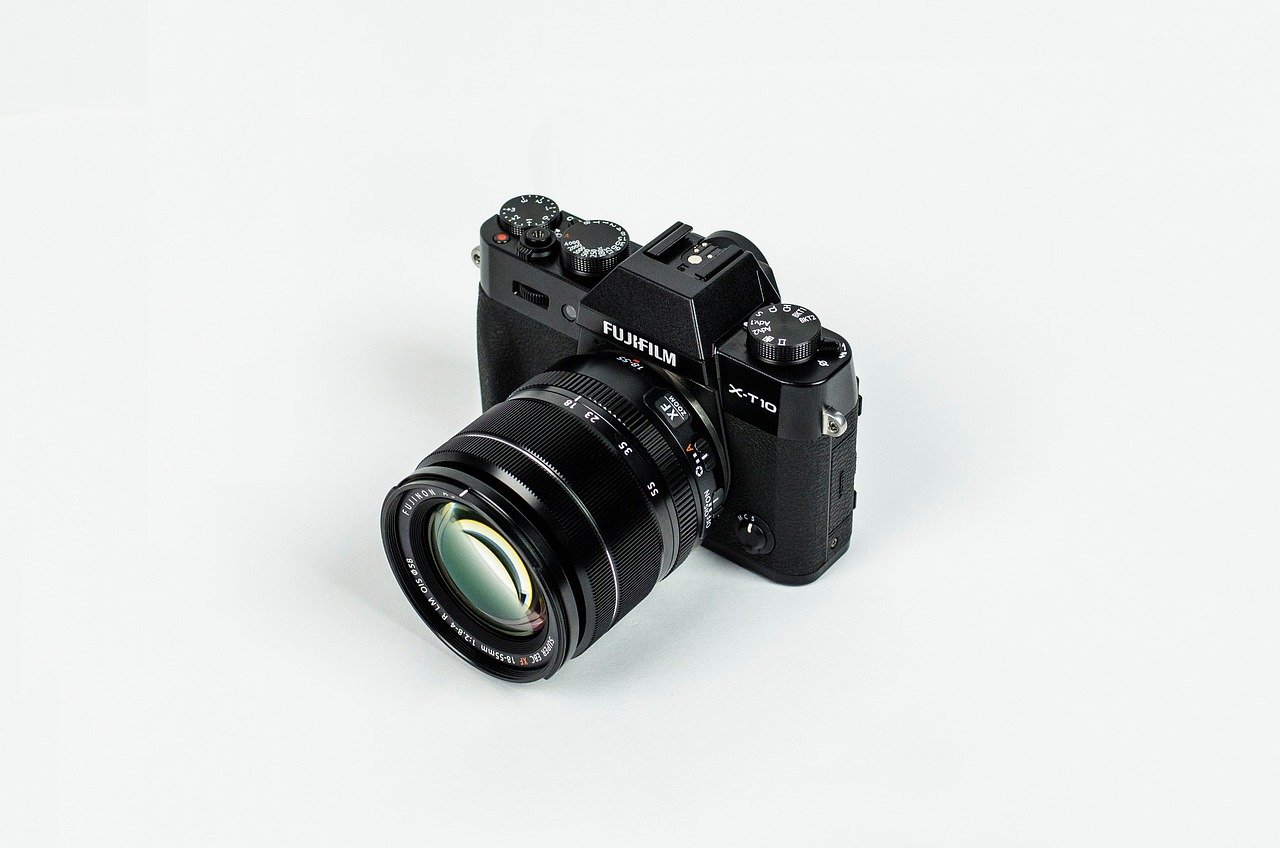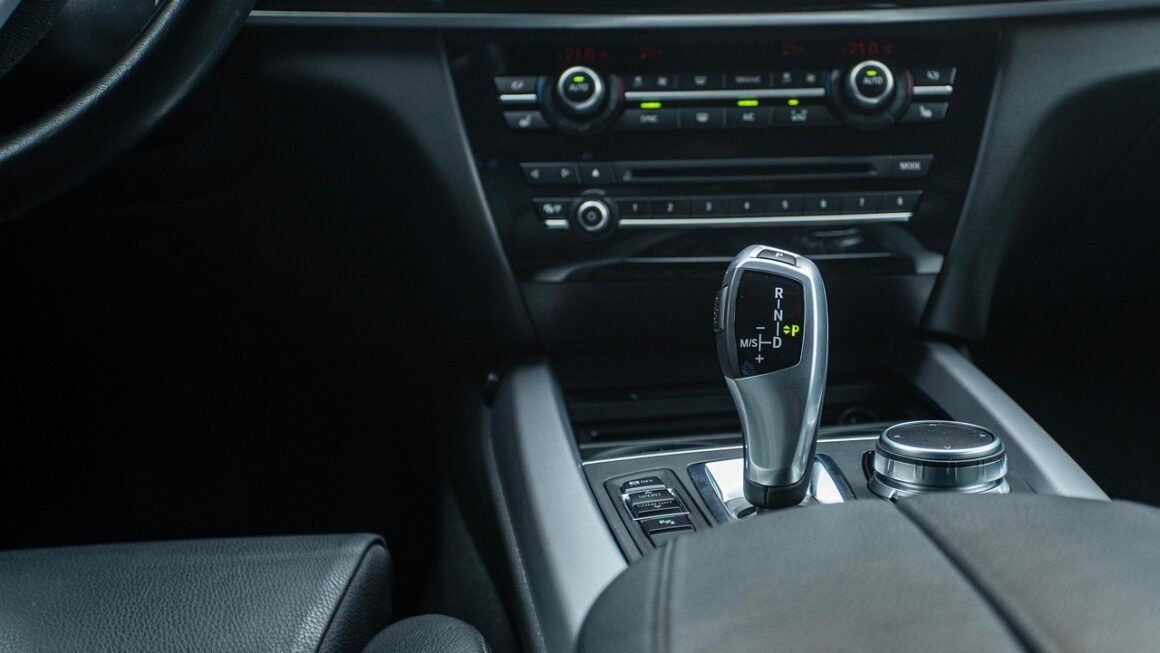Imagine a world where your refrigerator orders groceries when you’re running low, your thermostat adjusts to your preferences before you even arrive home, and your car navigates traffic with real-time updates from surrounding vehicles. This isn’t a futuristic fantasy; it’s the reality being shaped by the Internet of Things (IoT). IoT is rapidly transforming how we live, work, and interact with the world around us. This article delves into the core concepts of IoT, exploring its diverse applications, benefits, challenges, and future trends.
What is the Internet of Things (IoT)?
The Internet of Things (IoT) describes the network of physical objects—”things”—that are embedded with sensors, software, and other technologies for the purpose of connecting and exchanging data with other devices and systems over the internet. These “things” range from ordinary household objects to sophisticated industrial tools. Simply put, it’s about giving everyday objects digital intelligence, enabling them to communicate and automate tasks.
Key Components of an IoT System
An IoT ecosystem comprises several key components working together:
- Devices: These are the “things” equipped with sensors, actuators, and connectivity modules. Examples include smart thermostats, wearable fitness trackers, and industrial machinery.
- Connectivity: Devices need a way to connect to the internet or a local network. This can be achieved through technologies like Wi-Fi, Bluetooth, cellular networks (4G, 5G), LoRaWAN, and Zigbee.
- Data Processing: Data collected by devices needs to be processed and analyzed. This often involves cloud-based platforms and analytics tools.
- User Interface: This is how users interact with the IoT system. Examples include mobile apps, web dashboards, and voice assistants.
How IoT Works: A Simple Example
Consider a smart agriculture application. Soil moisture sensors deployed in a field collect data on moisture levels. This data is transmitted wirelessly to a central gateway. The gateway sends the data to a cloud platform. The cloud platform analyzes the data and, based on pre-defined thresholds, automatically triggers irrigation systems to water the crops when necessary. Farmers can monitor soil conditions and irrigation status remotely through a mobile app. This illustrates how IoT enables automated decision-making based on real-time data.
Benefits of IoT Across Industries
IoT’s transformative potential extends across numerous industries, driving efficiency, innovation, and improved decision-making.
Enhanced Efficiency and Productivity
- Manufacturing: IoT-enabled predictive maintenance can detect potential equipment failures before they occur, minimizing downtime and improving production efficiency. For example, sensors monitoring vibration and temperature in machinery can alert engineers to anomalies, allowing for proactive repairs.
- Logistics: Real-time tracking of goods and vehicles using GPS and sensors can optimize supply chain operations, reduce transportation costs, and improve delivery times. Think of logistics companies using sensors to monitor temperature-sensitive goods like pharmaceuticals during transit, ensuring they remain within safe parameters.
- Agriculture: Precision agriculture uses IoT sensors to optimize irrigation, fertilization, and pest control, leading to increased crop yields and reduced resource consumption. Farmers can precisely tailor inputs to specific areas of the field, maximizing efficiency and minimizing environmental impact.
Improved Decision-Making
- Retail: IoT sensors can track customer behavior in stores, providing insights into shopping patterns and preferences. This data can be used to optimize store layouts, personalize promotions, and improve the overall customer experience. Consider using heatmaps generated from sensor data to identify popular product areas and optimize shelf placement.
- Healthcare: Remote patient monitoring devices can collect vital signs and other health data, allowing doctors to track patients’ conditions remotely and intervene proactively. This can reduce hospital readmissions and improve patient outcomes. For example, wearable devices can monitor heart rate and blood pressure, alerting healthcare providers to potential issues.
- Smart Cities: IoT sensors can monitor traffic flow, air quality, and energy consumption, providing data that can be used to optimize city services and improve the quality of life for residents. This data can inform decisions about traffic management, pollution control, and energy conservation.
Cost Savings
- Energy Management: Smart thermostats and lighting systems can automatically adjust energy consumption based on occupancy and environmental conditions, reducing energy bills.
- Resource Optimization: IoT-enabled monitoring of water and gas consumption can help identify leaks and inefficiencies, leading to significant cost savings.
- Predictive Maintenance: By preventing equipment failures, predictive maintenance can reduce repair costs and downtime.
Challenges and Considerations for IoT Implementation
While the benefits of IoT are undeniable, successful implementation requires careful consideration of several challenges and potential pitfalls.
Security and Privacy
- Data Security: IoT devices often handle sensitive data, making them attractive targets for cyberattacks. Ensuring the security of devices and data is crucial to protect against unauthorized access and data breaches. Implement strong encryption, authentication protocols, and regular security updates.
- Privacy Concerns: The collection and use of personal data by IoT devices raise privacy concerns. Organizations must be transparent about how they collect and use data and obtain appropriate consent from users.
- Device Security: Many IoT devices have limited processing power and memory, making it difficult to implement robust security measures. This can create vulnerabilities that hackers can exploit.
Interoperability and Standardization
- Lack of Standards: The lack of standardized protocols and data formats can make it difficult to integrate IoT devices from different vendors. This can create interoperability challenges and hinder the development of seamless IoT ecosystems.
- Fragmentation: The IoT market is highly fragmented, with a wide range of devices and platforms competing for market share. This can make it difficult for organizations to choose the right solutions for their needs.
Scalability and Management
- Device Management: Managing a large number of IoT devices can be complex and challenging. Organizations need tools and platforms to provision, monitor, and update devices remotely.
- Data Management: The massive amounts of data generated by IoT devices can overwhelm existing data infrastructure. Organizations need scalable data storage and processing solutions to handle the volume and velocity of IoT data.
Cost and Complexity
- Initial Investment: Implementing IoT solutions can require significant upfront investment in hardware, software, and infrastructure.
- Integration Costs: Integrating IoT devices with existing systems can be complex and expensive. Organizations need to carefully assess the costs and benefits of IoT implementation before proceeding.
The Future of IoT: Trends and Innovations
The Internet of Things is constantly evolving, with new technologies and applications emerging all the time. Here are some key trends shaping the future of IoT:
Artificial Intelligence (AI) and Machine Learning (ML)
- Intelligent Automation: AI and ML are being integrated into IoT systems to enable intelligent automation and decision-making. For example, AI algorithms can analyze data from IoT sensors to optimize energy consumption in buildings.
- Predictive Analytics: ML algorithms can be used to predict equipment failures, identify anomalies, and optimize processes. This can help organizations improve efficiency, reduce costs, and mitigate risks.
Edge Computing
- Decentralized Processing: Edge computing involves processing data closer to the source, reducing latency and improving responsiveness. This is particularly important for applications that require real-time decision-making, such as autonomous vehicles and industrial automation.
- Reduced Bandwidth: Edge computing can reduce the amount of data that needs to be transmitted to the cloud, lowering bandwidth costs and improving network performance.
5G Connectivity
- High Speed and Low Latency: 5G technology provides faster speeds and lower latency than previous generations of wireless technology, enabling new IoT applications that require real-time communication and high bandwidth.
- Increased Capacity: 5G networks can support a larger number of connected devices, making them ideal for IoT deployments in dense urban environments.
Digital Twins
- Virtual Representations: Digital twins are virtual representations of physical assets, processes, or systems. They can be used to simulate different scenarios, optimize performance, and predict failures.
- Improved Decision-Making: Digital twins provide valuable insights that can help organizations make better decisions about design, operation, and maintenance.
Conclusion
The Internet of Things is revolutionizing the way we interact with the world around us. From smart homes to connected factories, IoT is driving efficiency, innovation, and improved decision-making across industries. While challenges remain, the benefits of IoT are undeniable, and its future is bright. By understanding the key components, benefits, challenges, and trends of IoT, organizations can harness its power to transform their businesses and improve the lives of their customers. Embracing IoT requires a strategic approach, careful planning, and a commitment to security and privacy. As the technology continues to evolve, staying informed and adapting to new developments will be crucial for success in the age of the Internet of Things.



